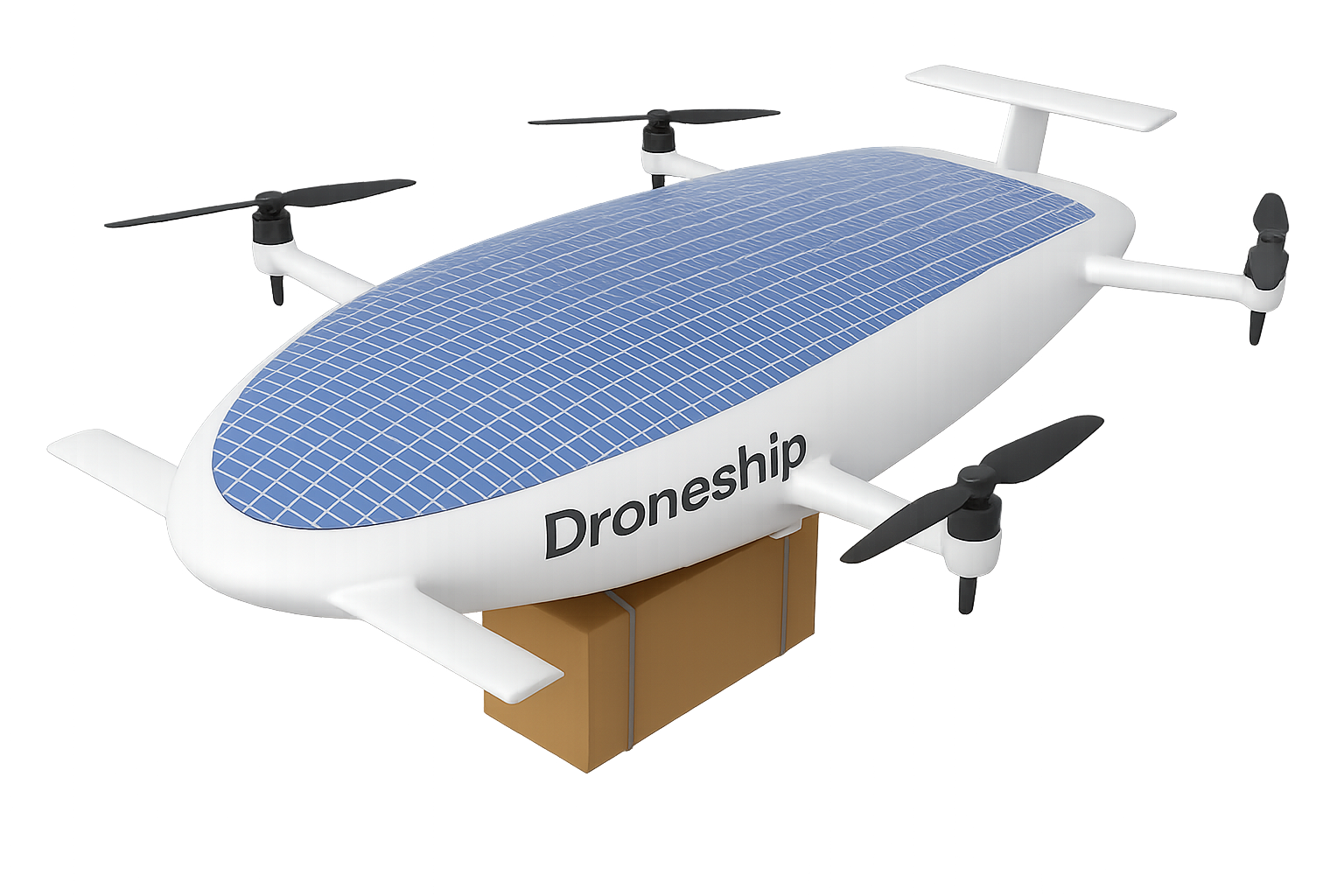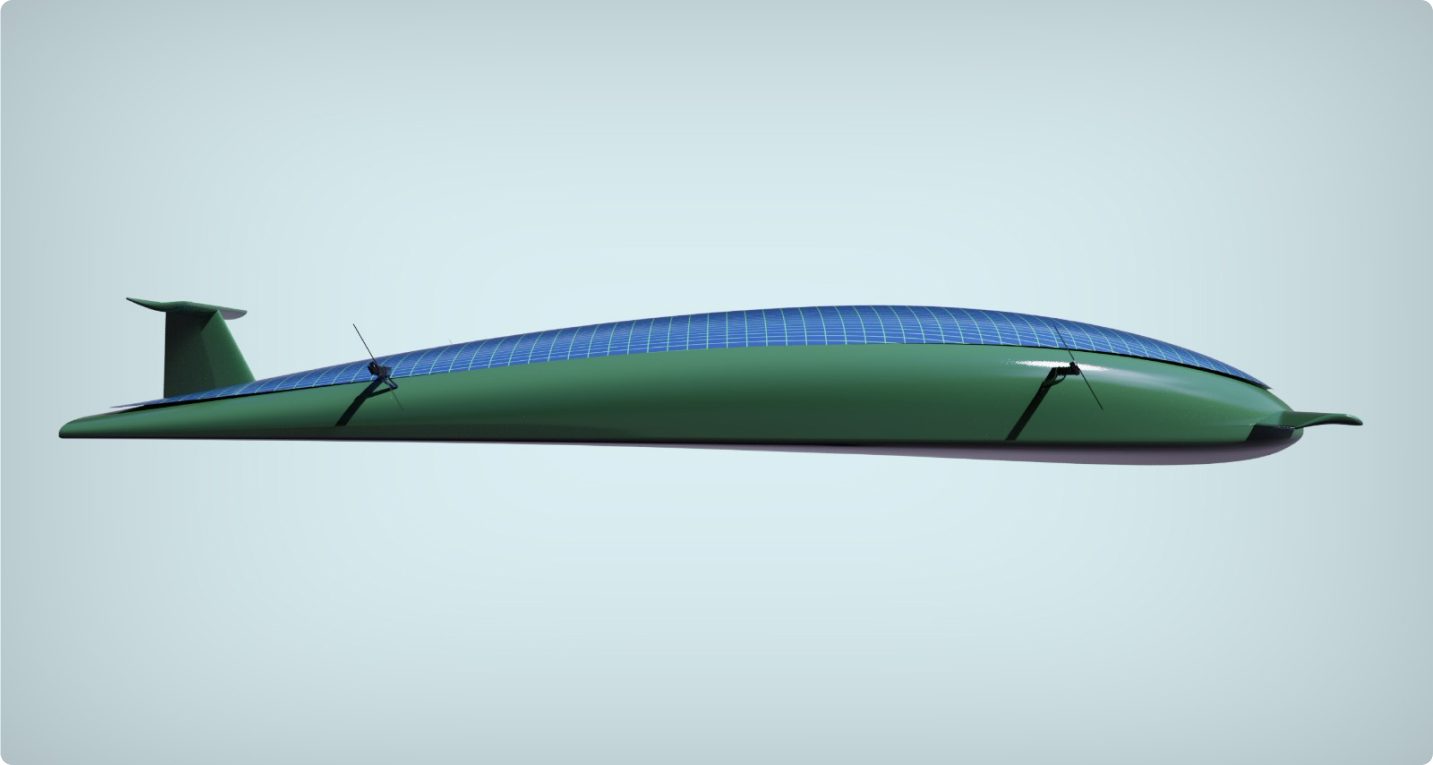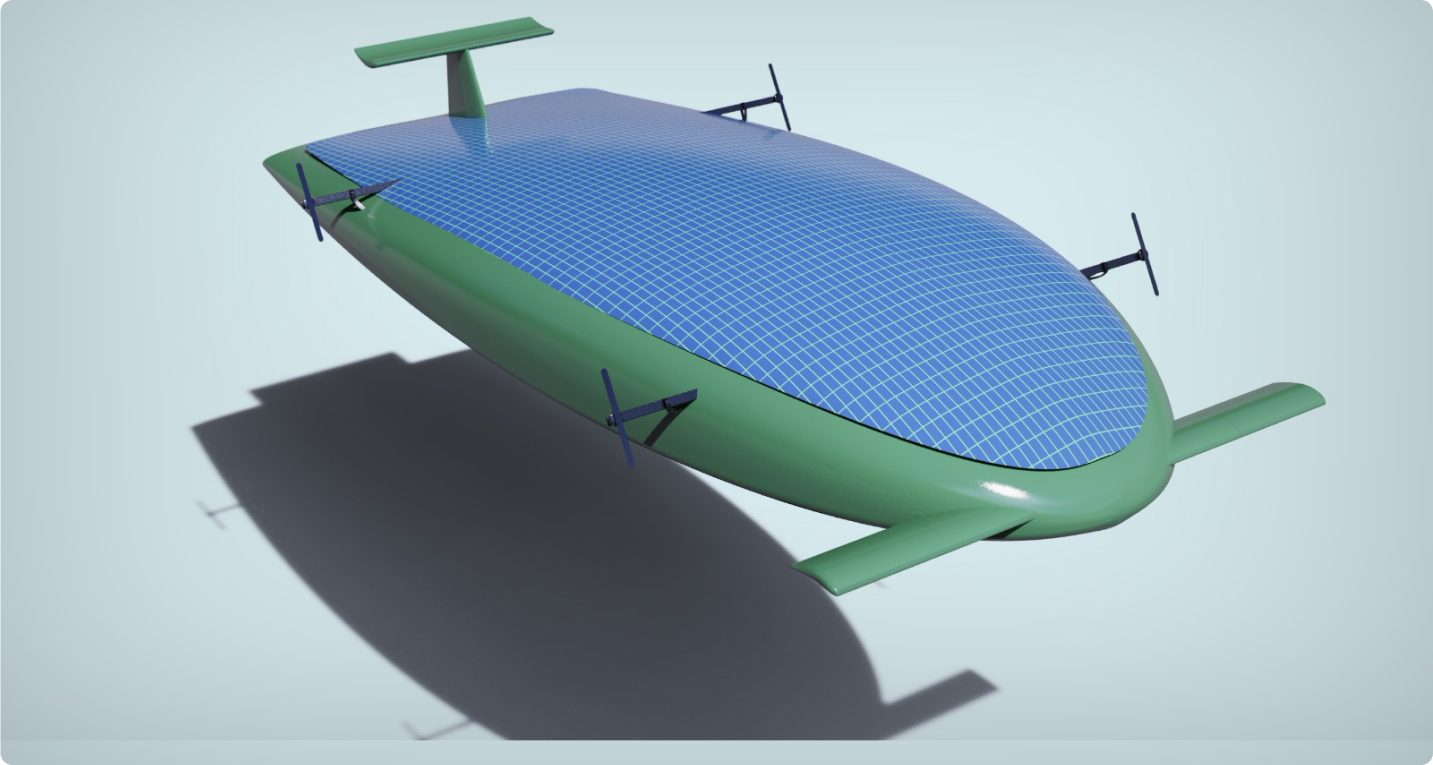
The objective of the project is to develop an innovative autonomous zero-emission aerial transportation technology – a heavy-duty cargo drone capable of moving fully-loaded shipping containers across the planet directly from origin to destination. The technology’s working name is the DroneShip, which represents the blend of unmanned aerial vehicles (UAVs) commonly referred to as Drones and lighter-than-air aircraft commonly referred to as Airships or Lighter-Than-Air Aircraft (LTA).
This technology has tremendous business potential and will improve the efficiency and economy of short-, medium- and long-haul cargo transportation, addressing climate change problems at the same time.
In 2019 Win Global engaged the University of Toronto School of Aerospace Studies (UTIAS) in a project to confirm the feasibility and scientific and technological possibility of developing an autonomous zero-emission cargo aerial vehicle. UTIAS confirmed in a report that it is indeed possible to develop such a technology and developed a conceptual design of the DroneShip (TRL 2).
In 2023, Win Global secured Canadian government funding to work on the design of the scale prototype. The work was completed in May 2025. The test flight is tentatively scheduled for the summer of 2026.

At present, the transportation industry has the following issues and inefficiencies:
The following trends will agitate the above-listed problems in the medium to long term.
The following information illustrates the untapped market potential, which may be completely absorbed by the proposed technology (the blue ocean).

The proposed resolution to the above problems is an infrastructure-independent unmanned aerial vehicle (cargo in the short-terms and passenger in the long-term) with vertical take-off achieved through buoyancy (DroneShip is a working name, subject to change). The technology both addresses the present-day transportation system’s inefficiencies and opens up a brand new untapped market of trade and travel for those who could not afford it in the past.
The key DroneShip characteristics include:

The image of the conceptual design is available upon request.
Contact us via email: info@winglobal.ca or submit your inquiry
on the Contact page.